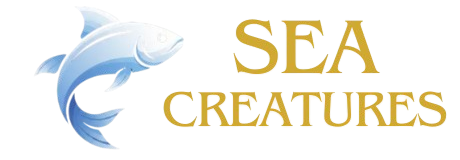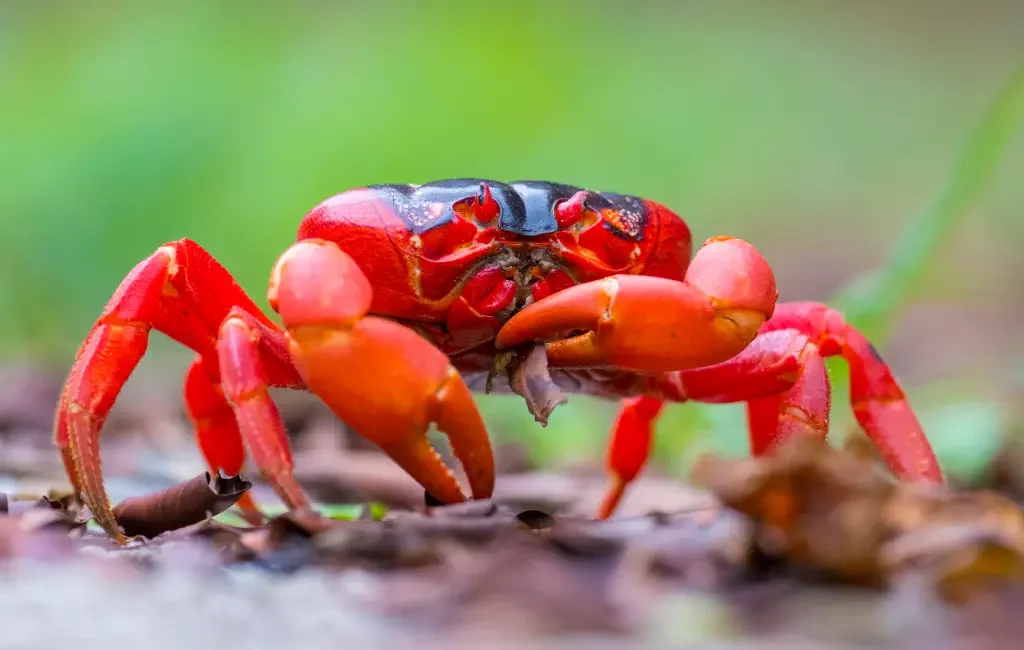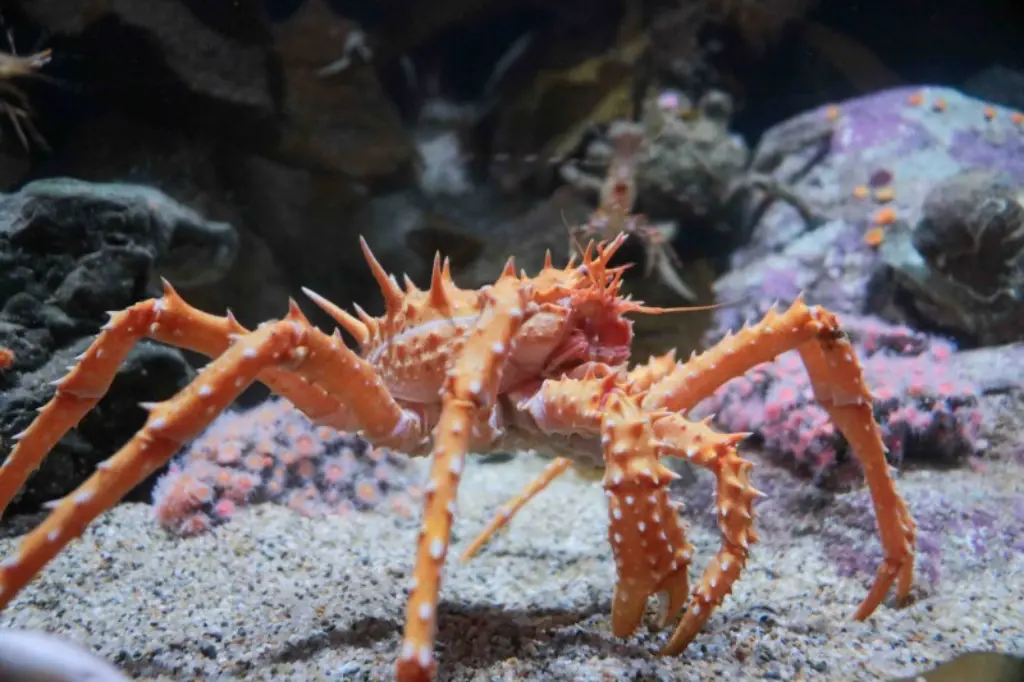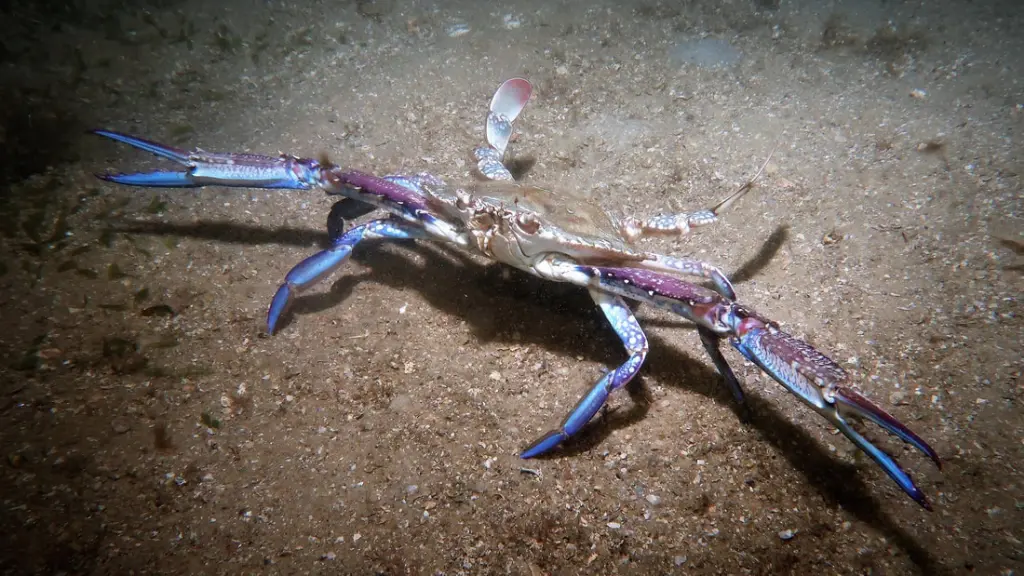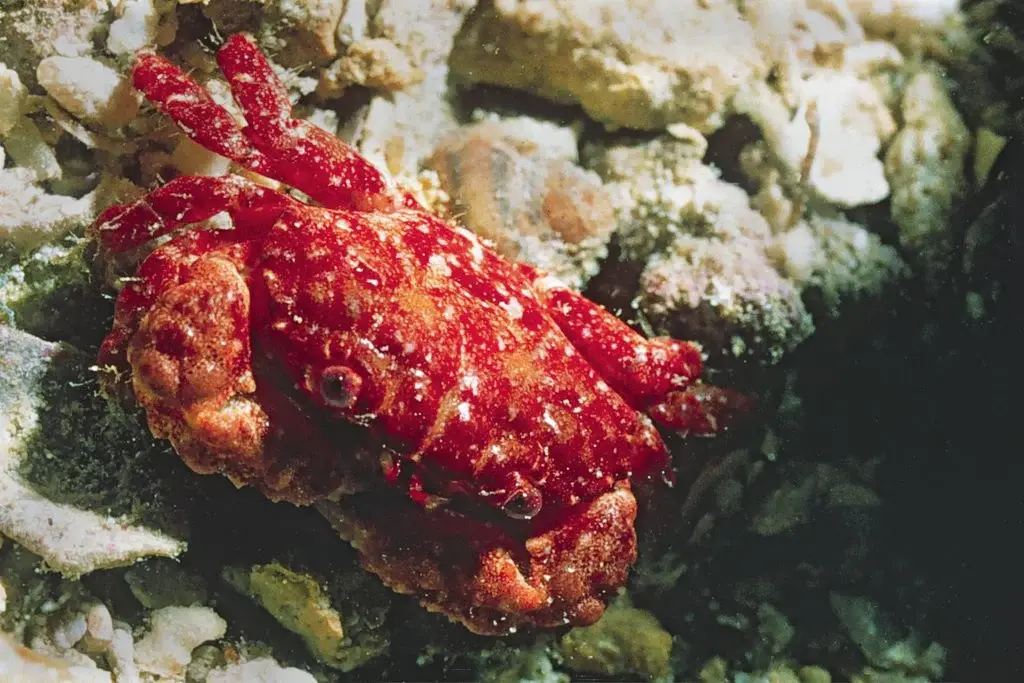Are you curious about the magnificent Puget Sound King Crab? This guide will provide you with all the essential information you need to know about this unique and delicious crustacean. From its characteristics and habitat to its culinary uses and sustainability, we’ll cover everything to help you appreciate this seafood treasure.
What is the Puget Sound King Crab?
Contrary to what the name might suggest, the Puget Sound doesn’t actually host a native population of “King Crab” in the same family as the Alaskan King Crab (Paralithodes camtschaticus). When people mention Puget Sound King Crab, they are usually referring to a different, although equally delicious, crab species found in the area, or sometimes even crabs brought in from other regions and sold in the Puget Sound area.
Specifically, one common possibility is the Dungeness Crab (Metacarcinus magister). This crab is native to the waters of the Pacific Northwest, including Puget Sound. While technically not a “King Crab”, it is a highly prized seafood item and a cornerstone of the local fishing industry.
Therefore, it’s vital to understand which type of crab is being discussed or offered to avoid confusion. This guide will primarily focus on the Dungeness Crab due to its prevalence in the Puget Sound region. If a true Alaskan King Crab is being offered, it is very likely being imported.
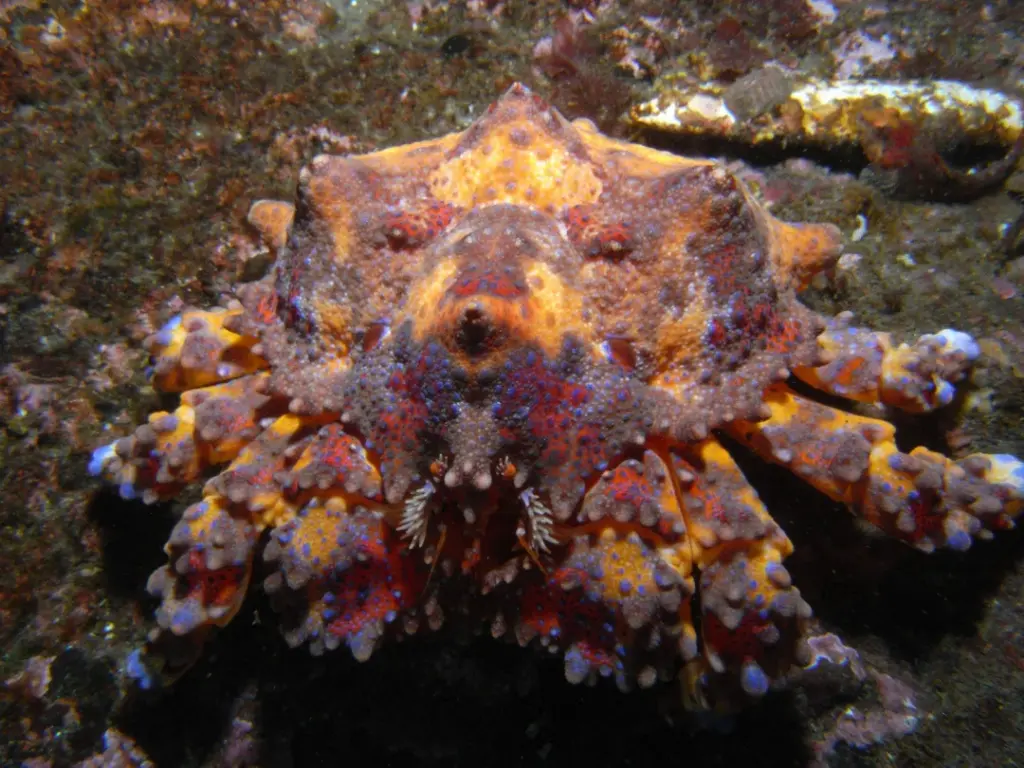
Puget Sound King Crab
Lopholithodes mandtiiDungeness Crab Characteristics
The Dungeness Crab boasts several distinctive characteristics that set it apart:
- Size: They can grow to be quite large, with males reaching up to 10 inches across their shell.
- Color: The shell is typically a reddish-brown or tan color.
- Taste: Dungeness crab is known for its sweet, delicate, and slightly nutty flavor.
- Legs and Claws: They have ten legs, including two prominent claws.
Habitat and Distribution
Dungeness crabs are commonly found in the waters of the Pacific Northwest, from Alaska down to California. They thrive in sandy or muddy bottoms, often in shallow coastal waters, including bays and estuaries like Puget Sound. They’re generally found at depths ranging from intertidal zones to over 300 feet.
Culinary Uses
Dungeness crab is a versatile ingredient in various dishes. Some popular ways to enjoy it include:
- Steaming or Boiling: Cooked whole and served with melted butter.
- Crab Cakes: Used to make flavorful crab cakes.
- Crab Louie Salad: A classic seafood salad.
- Pasta Dishes: Added to pasta dishes for a rich and delicious flavor.
- Crab Bisque: The perfect base for a creamy and luxurious soup.
Sustainability
The Dungeness crab fishery in the Pacific Northwest is generally well-managed, with regulations in place to ensure sustainable harvesting. These regulations often include size limits, seasonal closures, and gear restrictions to protect the crab population. It’s always a good idea to check the source of your crab and ensure it was harvested responsibly. Look for certifications or labels indicating sustainable fishing practices.
Key Features at a Glance
| Feature | Description |
|---|---|
| Common Name | Dungeness Crab (Metacarcinus magister) – Often what’s meant when people say “Puget Sound King Crab” |
| Taste | Sweet, delicate, and slightly nutty. |
| Size | Up to 10 inches across the shell. |
| Habitat | Sandy or muddy bottoms in shallow coastal waters of the Pacific Northwest, including Puget Sound. |
| Sustainability | Generally well-managed with regulations to ensure sustainable harvesting. Look for certifications. |
| Culinary Uses | Steaming, boiling, crab cakes, salads, pasta dishes, bisque, and more. |
| Appearance | Reddish-brown or tan shell with ten legs including two prominent claws. |
Enjoy responsibly! When enjoying the delicious Dungeness crab (or any seafood), consider the environmental impact of your choice and support sustainable practices whenever possible.
